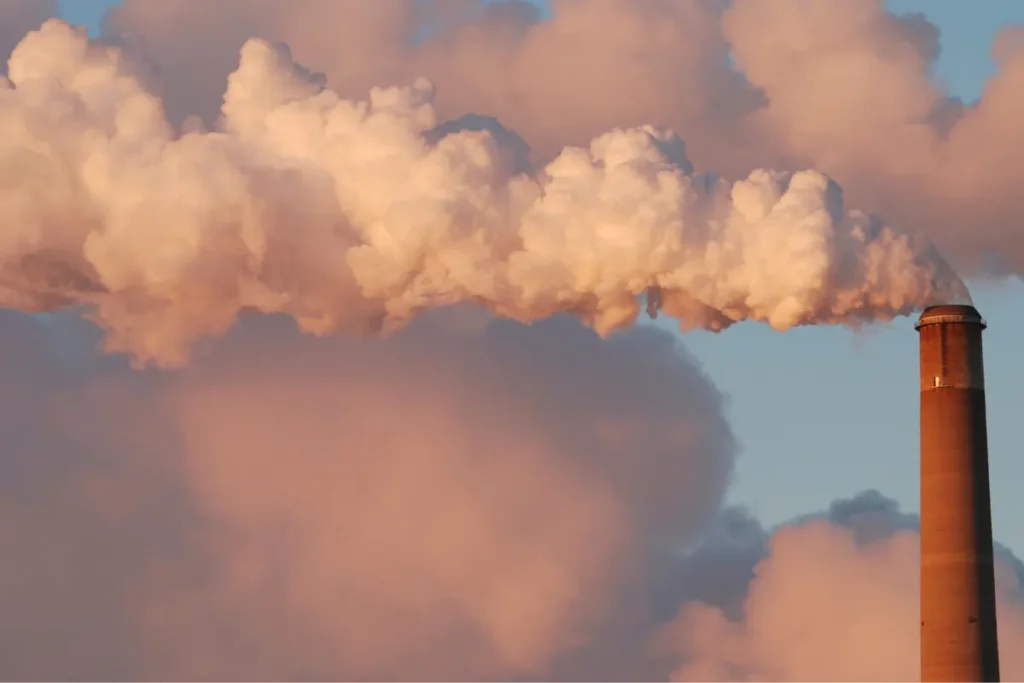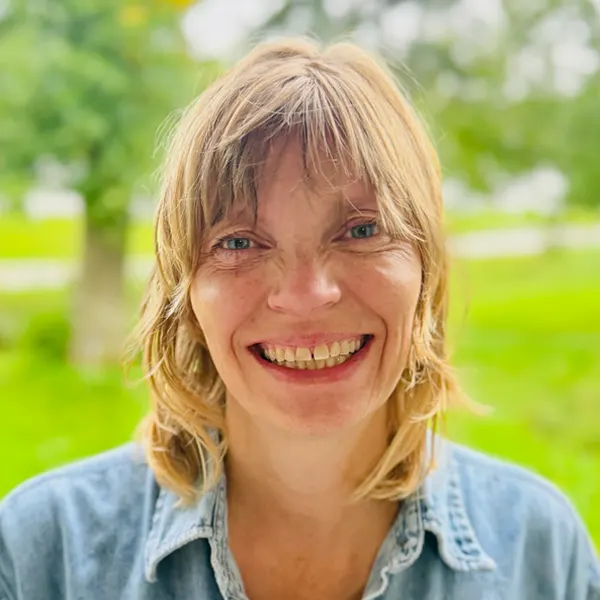Montevideo MN, September 20, 2023 – Today, CURE and Sierra Club submitted comments to the U.S. Department of Energy (DOE) challenging the agency’s environmental analysis and expressed approval of the controversial “Project Tundra,” a proposed large-scale carbon capture and storage project in North Dakota. “The DOE’s plan to spend nearly forty million dollars propping up a coal plant that has reached the end of its life, and that agency analysis says this taxpayer subsidy would improve the climate crisis, is laughable,” said Hudson Kingston, Legal Director for CURE. “Our comment highlights the many falsehoods in the draft Environmental Assessment and urges DOE to correct these errors while also conducting a far more comprehensive Environmental Impact Statement in compliance with the law.”
Project Tundra is a proposal from Minnkota Power Cooperative—a rural electric cooperative that provides power to communities in North Dakota and Minnesota. Minnkota wants to retrofit its aging Milton R. Young coal power plant with equipment to capture some portion of its excessive carbon emissions and is seeking hundreds of millions of dollars from the federal government to help pay for the costs. But, according to CURE and Sierra Club, Project Tundra “appears so poorly designed that it raises questions as to whether it meets DOE’s purpose and need of advancing carbon reductions,” and they call on DOE to “fully assess the opportunity-cost of funding a weak project design… over saving this scarce public funding for a better proposal from a more reliable applicant.” DOE’s own analysis demonstrates that Project Tundra would emit far more greenhouse gases than it captures and stores.
The groups raise several other concerns and shortcomings in DOE’s analysis, including the nearly five billion gallons of water appropriations required for Project Tundra, impacting communities downriver of the coal plant, such as Bismarck and the Standing Rock Indian Reservation. “In light of the many impacts to rural and fence-line communities,” Kingston went on to say, “affected community members, electric cooperative customers, and downstream tribal communities should be heard in full before the government puts public money behind this project.”
The comment also notes that DOE failed to evaluate the high likelihood that the CO2 captured by the project would be used to produce even more oil through a process known as Enhanced Oil Recovery, as well as the project’s ties to Summit Carbon Solutions’ divisive Midwest Carbon Express CO2 pipeline network which is being opposed by landowners and communities throughout the Midwest.
CURE is rural based with staff across Minnesota. CURE knows rural people, lands, and ecosystems are vital to helping solve some of the biggest problems Minnesota and the country face. We help to tell the story of a vibrant rural future, lift up people to lead, and work for policies and laws to make a better future for everyone possible.
###


